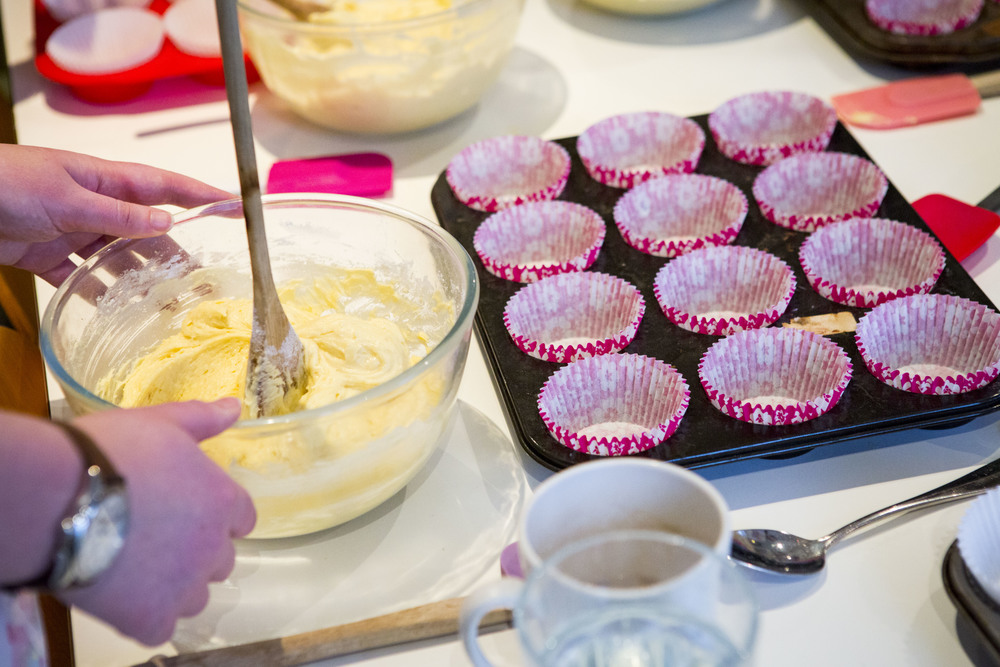Table of Contents
When asked to name the ideal cake recipe, everyone has an opinion. No two people’s tastes are exactly the same. Different individuals have different cake preferences. Some favour big, rich cakes with loads of icing – while others like angel food cakes with whipped cream and fresh berries on top. Cakes created from scratch are the exclusive domain of certain birthday celebrants, while others prefer store-bought classics or even cookie cakes decorated with frosting. Learning about the many varieties of cakes is useful regardless of personal taste.
Read on to discover more about the many varieties of cakes, and then peruse our flavour suggestions. You can also order cake online with the following taste preferences.
Butter cakes, sometimes known as – shortened cakes and foam cakes – are the two most common varieties. The amount of fat is the most important distinction. Classic yellow cakes and other shortened cakes include either – butter, oil, or shortening. In contrast, foam cakes are rather low in fat and depend on whipped eggs to achieve their airy texture, similar to a rolled sponge cake.
Yellow Butter Cake
A rainbow of sprinkles and gorgeous chocolate icing grace the top of many sheet cakes for children’s birthday parties. Creaming the butter and sugar before mixing the wet and dry ingredients is a traditional way of creating yellow butter cakes. For simpler variants, you may just combine all the ingredients in a dish.
Pound Cake
The cake’s namesake – pound cake – comes from the fact that each of the three primary ingredients – flour, butter, and sugar – requires one pound. It has a thick texture since it does not rise much when baked. While most recipes call for vanilla extract, ours calls for matcha and cocoa powder for added flavour. Either a Bundt pan or a loaf pan will do the trick.
Red Velvet Cake
Many people have a unique fondness for the timeless red velvet cake. You may use butter or oil to make it, and the red colour is usually from mixing – buttermilk with cocoa powder. Red food colouring is a common ingredient in many modern recipes. Raspberry velvet cake, for example, uses pink food colouring.
Carrot Cake
To make a carrot cake rise, you will need baking soda and powder. Oil, not butter, is the fat of choice. The cake gets its moist texture from grated carrots and its flavour from spicy spices. Cream cheese frosting is the traditional topping, but you may swap out the nuts for walnuts or pecans if you want.
Sponge Cake
You will not find any baking soda or powder in this foam cake recipe. Whole eggs or only the whites of beaten eggs give it its fluffy, airy texture. Serve it with lemon curd after soaking it in a lemon-flavoured syrup, or top it with berries and whipped cream. As shown in the festive delicacy Buche de Noel, a sheet pan of thinly cooked sponge cake may also be filled and rolled with toppings.
Genoise Cake
Genoise is a sponge cake recipe that originates from – France or Italy. The cake’s filling is a mousse-like mixture of – sugar, egg whites, and yolks. After that – add the flour and butter or oil and – stir just until combined. Unlike traditional sponge cake – genoise is very soft and moist.
Chiffon Cake
The oil cake and the sponge cake are the two kinds of cakes that comprise chiffon. Oil gives it a rich, shorter, cake-like texture, while whipped egg whites and baking powder give it a light, fluffy texture.
Angel Food Cake
Made entirely with beaten egg whites and almost no additional fat, angel food cake is the lightest kind of cake. To preserve its lightness, it is customary to bake it in an adapted pan and then turn it upside down to cool. Because of the sugar, the cake has a texture similar to that of a sponge: chewy. The layer cake in the photo is our version; we tweaked it somewhat, but we still believe you will like it!
Flourless Cake
Cheesecakes, chocolate tortes and other baked cakes, as well as unbaked cakes, such as mousse and no-bake cheesecakes, fall under this category. Due to the high-fat content and the possibility of a crumb crust, these cakes tend to be on the rich side.
Upside-Down Cake
While pineapple is the traditional fruit to use in this butter cake, additional options include plums, peaches, blueberries, and pears. After browning the fruit in a skillet with sugar and butter, add in the cake batter. Turning the cake over after baking makes the fruit stand on top.

